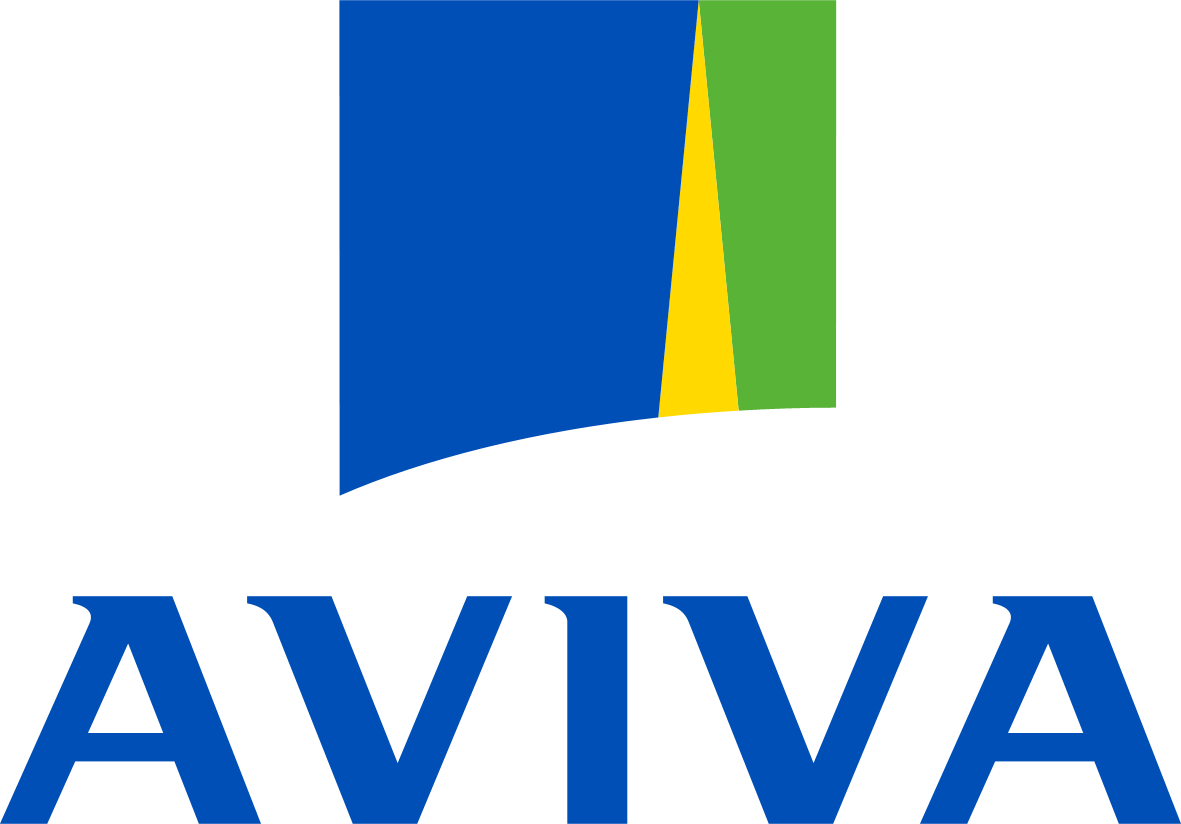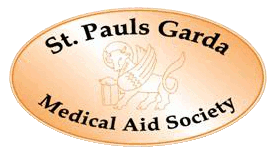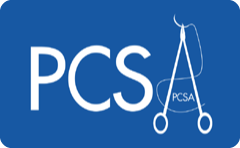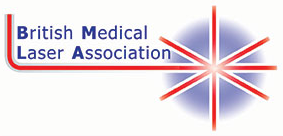 Download this information as a PDF
Download this information as a PDF
Warts are tumours or growths of the skin caused by infection with Human Papillomavirus (HPV). More than 70 HPV subtypes are known. Warts are particularly common in childhood and are spread by direct contact or autoinocculation. This means if a wart is scratched, the viral particles may be spread to another area of skin. It may take as long as twelve months for the wart to first appear.
What do they look like?
Warts have a hard ‘warty’ or ‘verrucous’ surface. You can often see a tiny black dot in the middle of each scaly spot, due to a thrombosed capillary blood vessel. There are various types of viral wart.
- Common warts arise most often on the backs of fingers or toes, and on the knees.
- Plantar warts (verrucas) include one or more tender inwardly growing ‘myrmecia’ on the sole of the foot.
- Mosaic warts on the sole of the foot are in clusters over an area sometimes several centimetres in diameter.
- Plane, or flat, warts can be very numerous and may be inoculated by shaving.
- Periungual warts prefer to grow at the sides or under the nails and can distort nail growth.
- Filiform warts are on a long stalk. • Oral warts can affect the lips and even inside the cheeks. They include squamous cell papillomas.
- Genital warts are often transmitted sexually and predispose to cervical, penile and vulval cancer.
In children, even without treatment, 50% of warts disappear within 6 months; 90% are gone in 2 years. They are more persistent in adults but they clear up eventually.
Warts are particularly numerous and troublesome in patients that are immunosuppressed, most often due to medications such as azathioprine or ciclosporin. In these patients, the warts almost never disappear despite treatment.
Treatment
Many people don't bother to treat them because treatment can be more uncomfortable and troublesome than the warts - they are hardly ever a serious problem. However, warts may be painful and they often look ugly and cause embarrassment.
To get rid of them, we have to stimulate the body's own immune system to attack the wart virus. Persistence with the treatment and patience is essential!
Occlusion
Just keeping the wart covered 24 hours of the day may result in clearance. Duct tape is convenient and inexpensive.
Chemical treatment.
Chemical treatment includes wart paints containing salicylic acid or similar compounds, which work by removing the dead surface skin cells. Podophyllin is a cytotoxic agent, and must not be used in pregnancy or in women considering pregnancy.
The paint is normally applied once daily. Perseverance is essential - although 70% of warts will go with wart paints, it may take twelve weeks to work! Even if the wart doesn't go completely, the wart paint usually makes it smaller and less uncomfortable.
First, the skin should be softened in a bath or bowl of hot soapy water. The hard skin should be rubbed away from the wart surface with a piece of pumice stone or emery board. The wart paint or gel should be applied accurately, allowing it to dry. It works better if covered with plaster or duct tape (particularly recommended when the wart is on the foot).
Stronger preparations such as Upton's paste are used for thick verrucas, applied every few days. It is important to protect the surrounding skin with adhesive plaster before applying Upton's paste, and to apply a plaster over the paste to keep it in place. If the chemical makes the skin sore, stop treatment until the discomfort has settled, then recommence as above.
Take care to keep the chemical off normal skin. 3% formalin solution can be used to soak multiple mosaic plantar warts several times a week. Protect unaffected skin with Vaseline, and apply cotton wool soaked in the solution, left in place for about ten minutes before rinsing off.
Cryotherapy
The wart is frozen with liquid nitrogen repeatedly, at one to three week intervals. This is uncomfortable for a few minutes and may result in blistering for several days. Success is in the order of 70% after 3-4 months of regular freezing. Dermatologists debate whether a light freeze to stimulate immunity is sufficient, or whether a harder freeze is necessary to destroy all the infected skin. A hard freeze might cause a permanent white mark or scar.
Electrosurgery
Electrosurgery (curettage & cautery) is used for particularly large and annoying warts. Under local anaesthetic, the growth is pared away and the base burned by diathermy or cautery. The wound heals in about two weeks; even then 20% of warts can be expected to recur within a few months.
Other treatments
There are numerous treatments for warts and none offer a guarantee of cure. They include bleomycin injections, laser vaporisation, pulse dye laser, oral acitretin and immune modulators such as imiquimod cream.














